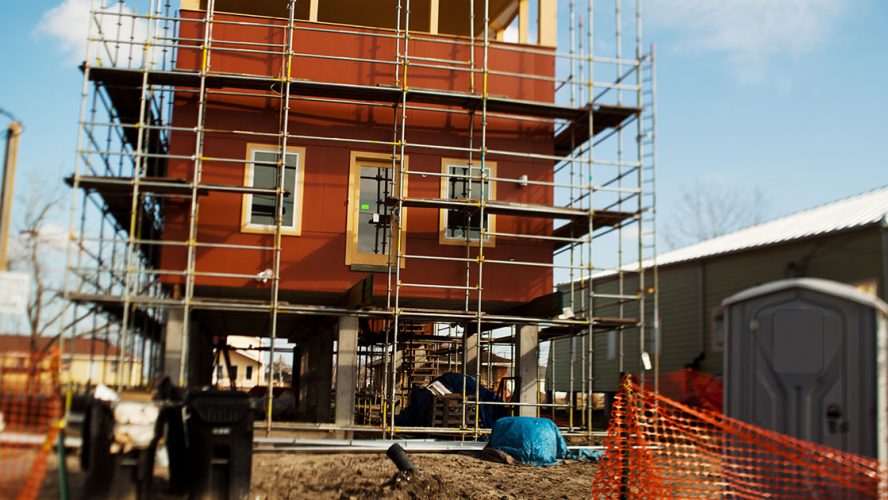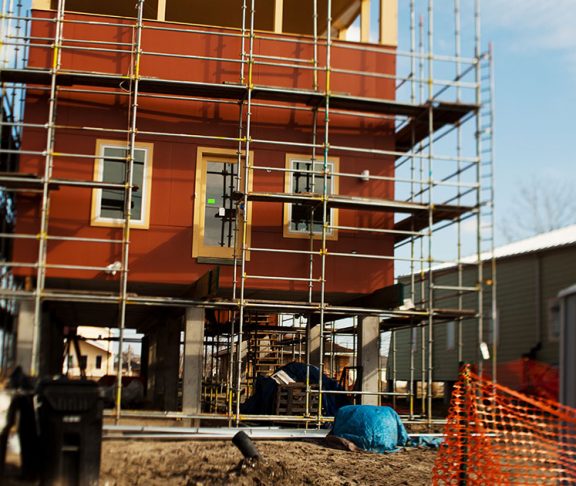Shelter is a basic human need, and humans have come a long way since the days of dwelling in caves. But today climate change represents a real threat to our built environment. There are financial and safety risks anticipated with more frequent extreme weather events. To remedy this infrastructure, transportation systems, commercial real estate and homes need to be designed to provide greater resilience to extreme weather.
As seen in the past year, people and communities continue to be impacted as life-threatening weather conditions bring record rains, intense flooding, increased temperatures and wildfires. In addition, the corporate world must find ways to prevent and minimize risk and financial loss associated with the disruption of business after severe weather episodes. These fierce storms threaten production facilities, supply chains and the infrastructure required for profitable operations. A resilient built environment will protect necessary infrastructure and safeguard society.
Sustainability assessments
BRE, owned by the BRE Trust, has been focused on the built environment for nearly 100 years and is leading this challenge today.
“The building design and construction industry needs to take radical steps to effectively measure, reduce and mitigate the impacts of climate change and extreme temperatures,” says Barry Giles, CEO of BRE America. “BRE started nearly a century ago with prevention of fire risk. And as building science has evolved, so has BRE with expanded research and development.” He continues, “Now BRE is leading the way to build a better world by integrating advanced science into their standards.”
Building flood ready building portfolios
Floods, like those seen in Hurricanes Katrina, Sandy and Harvey, are becoming part of the new normal, resulting in huge financial impacts and devastating effects. That’s why preparing the built environment for high water situations along coasts and rivers, as well as surface water from heavy rainfall, needs to be a top priority for those designing, building and managing residential and commercial structures.
BRE’s Innovation Park allows for testing innovative new designs and concepts to address a range of built environment issues. The Innovation Park in Watford, England recently built a flood-resilient house to test best practices and evaluate new materials for building resilient structures. The building was adapted to allow flooding from water up to two feet deep with no damage to the structure and to be quick drying so that the property is ready for people to move back into a very short time after a flood.
Taking simple measures
When developing resilient and resistant buildings even simple design measures can keep the most vulnerable areas safe. For example, electrical outlets are placed higher up on walls, with wiring to them coming from the ceiling. Automatic sump pumps empty any flood waters through floor drains. Windows and doors have flood resistant seals. Appliances like the refrigerator, oven and washing machine are mounted at a raised height. These innovations that can easily be applied to commercial or residential structures.
The future for resilient buildings looks promising. As awareness and understanding increases, it becomes clear that it doesn’t matter how sustainable we make our buildings and infrastructure. If our built environment becomes uninhabitable or worthless due to weather related events, then it’s not sustainable at all.

